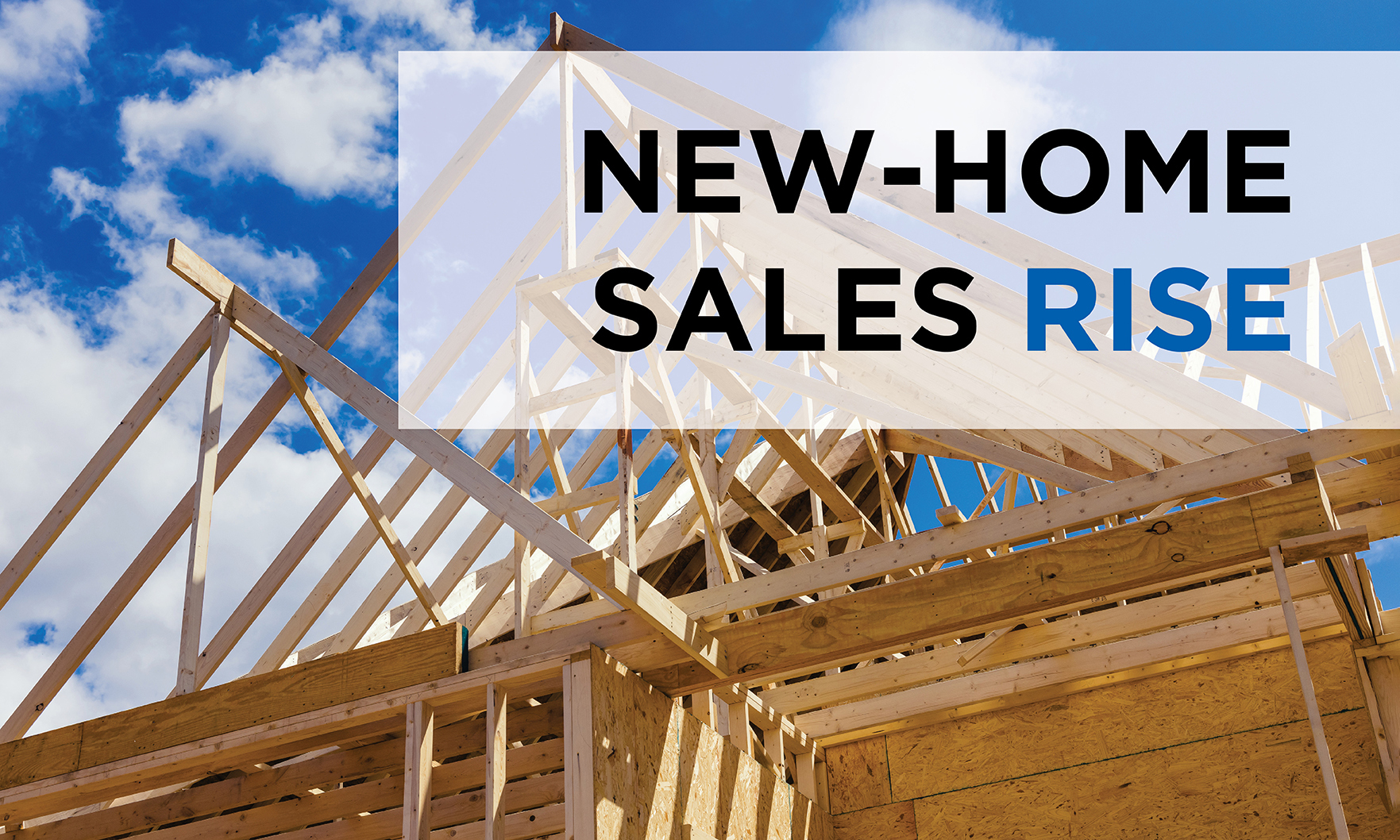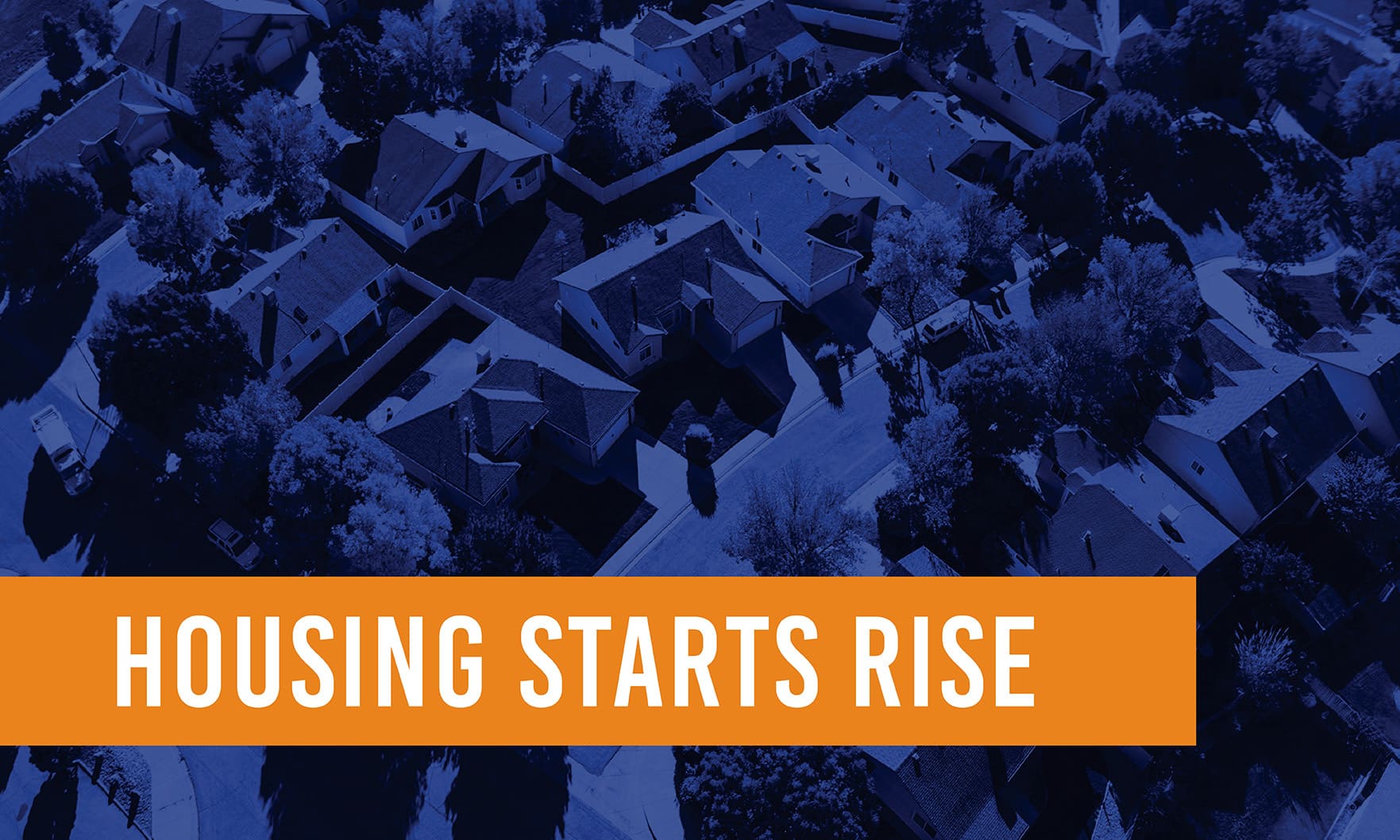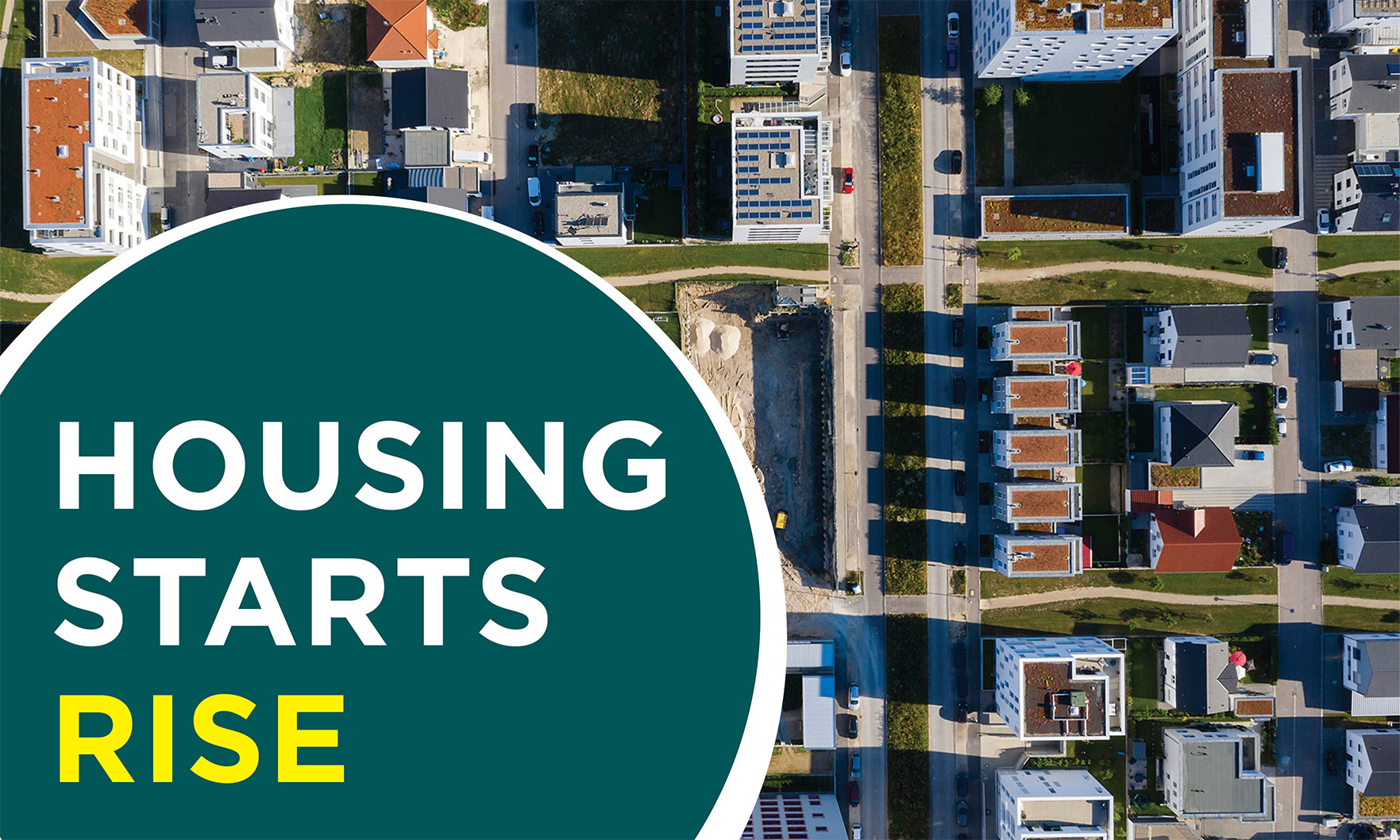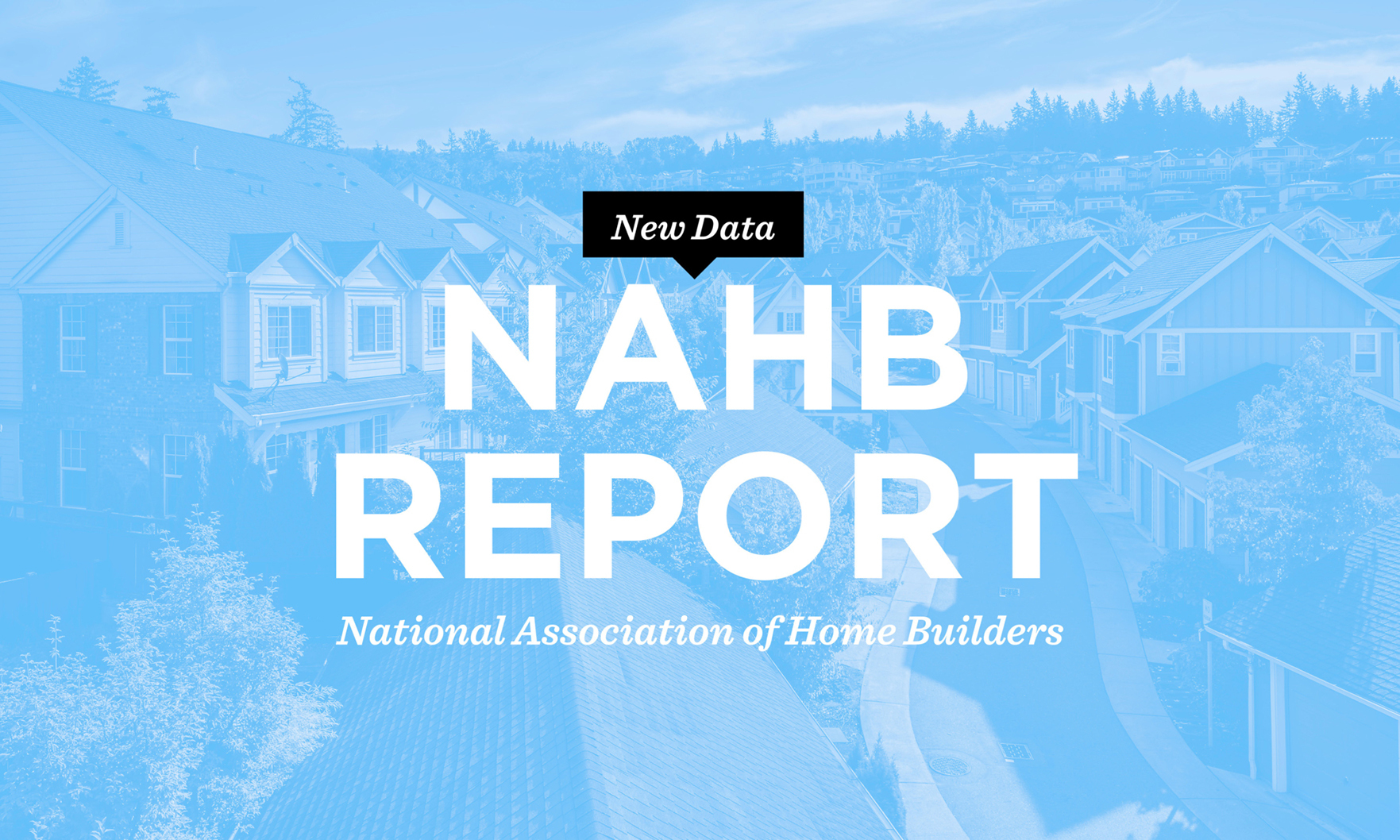New Construction

Declining interest rates spurred the increase.

The median price of a new home sold during the month fell to $418,800 from $433,100 in August, the U.S. Census Bureau and the U.S. Department of Housing and Urban Development reported.

Specifically, single-family homes were built at a seasonally adjusted annual rate of 963,000, up 3.2% from 933,000 in August and up 8.6% from 887,000 a year earlier, according to government figures.

Single-family home permits and completions, meanwhile, also rose, according to the U.S. Census Bureau and the U.S. Department of Housing and Urban Development.

Chicago’s Bloomingdale Trail, or the 606 as it’s known colloquially, is set to expand over Ashland Avenue and underneath the Kennedy Expressway, to connect with Elston Avenue.

Demand for newly built homes has remained strong as high interest rates keep many would-be sellers of existing homes off the market.

The larger-than-expected increase comes as homebuilder sentiment rose for the sixth month in a row.

A shortage of existing inventory continues to drive buyers to new construction.

Single-family permits also posted a gain, indicating even more new homes are headed to today’s supply-constrained housing market.

Homebuilder optimism was buoyed by continued shortages of new housing inventory, the National Association of Home Builders reported.

U.S. government data shows builders increased the pace of single-family home construction while slowing the pace of multifamily starts.

The National Association of Home Builders/Wells Fargo Housing Market Index rose for the fourth month in a row in April as the construction industry remained “cautiously optimistic.”

The supply of new homes for sale ticked lower from February, according to government figures.

A shortage of existing-home inventory is driving more people to the market for newly built homes.

Homebuilders expressed “cautious optimism” that the lack of existing inventory would drive demand for new homes despite high construction costs and interest rates, the National Association of Home Builders reported.

The median sales price of a new home was down on a monthly basis but up on an annual one.